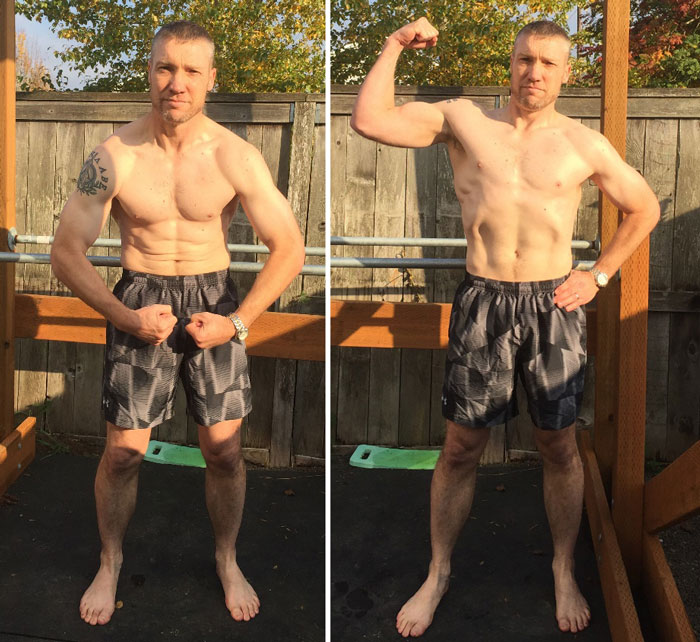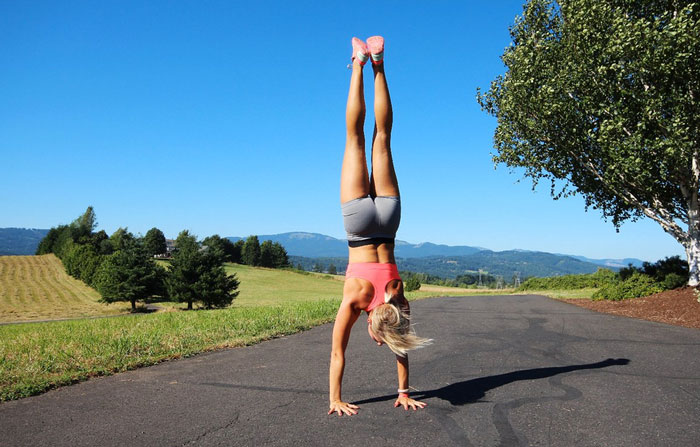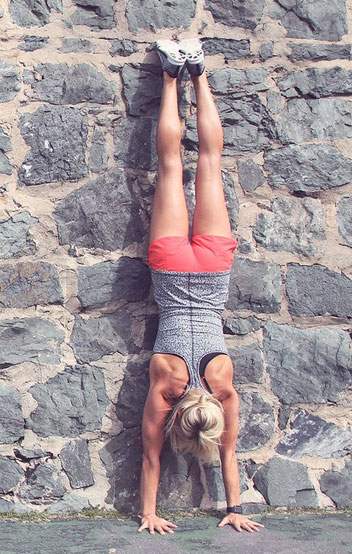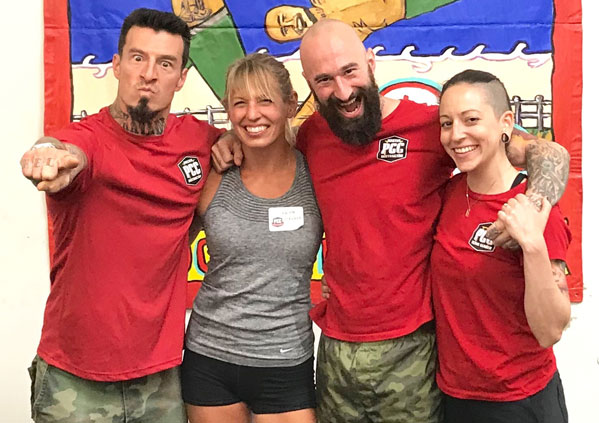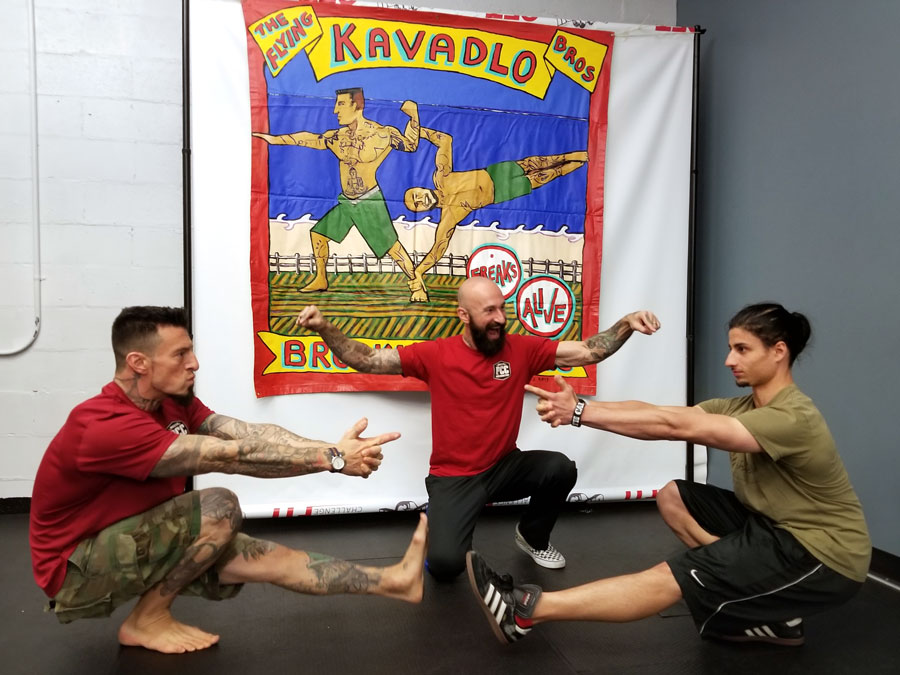
I love calisthenics! Give me an outdoor pull-up bar and a clear, blue sky over a crowded, stuffy gym any day. To me, there’s nothing better than getting strong and fit in the simplest, purest way I can, and I believe that bodyweight training is the most efficient and effective way to do so.
It seems like many people agree. In fact, bodyweight exercise has gotten a lot of attention lately. But, what exactly is “calisthenics”?
There are many definitions out there, but I choose to define it as a system of training that relies solely on the weight of one’s own body and the interaction with the world around them. This is inclusive not only of squats, pull-ups, and push-ups, but also running, jumping, punching, crawling and climbing. Through this system, strength, endurance, mass and mobility can all be properly achieved. Not to mention mental attitude…
It isn’t just about having big muscles (although that is nice!) I believe that to reach true calisthenics potential, one should strive for more. Specifically, we should strive for the ability to move freely and unencumbered. While there is no doubt that being strong and lean is important, it’s also important to be mobile and able-bodied. In other words, calisthenics exercises are tools to help you get stronger and fitter in the real world, not just the gym. That is the true value!
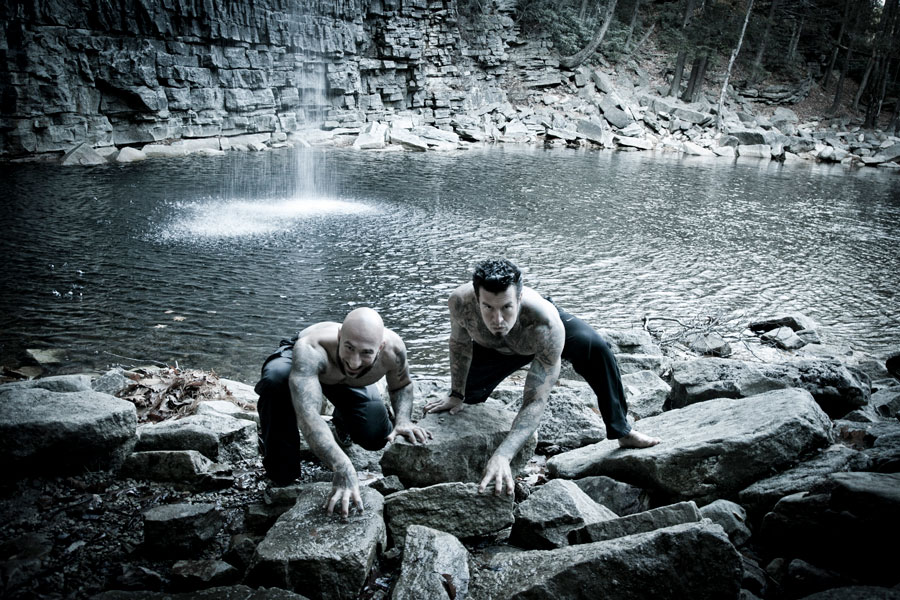 In my opinion, a true student of calisthenics needs to have exposure to all pillars of the system. In addition to putting in the sets and reps, it’s helpful for overall strength and wellness to develop real world skills and coordination from activities such as hiking, swimming, throwing and sprinting. Working in scenarios where all the muscles are employed together while navigate toward a goal is the epitome of the calisthenics movement.
In my opinion, a true student of calisthenics needs to have exposure to all pillars of the system. In addition to putting in the sets and reps, it’s helpful for overall strength and wellness to develop real world skills and coordination from activities such as hiking, swimming, throwing and sprinting. Working in scenarios where all the muscles are employed together while navigate toward a goal is the epitome of the calisthenics movement.
Does this mean that push-ups, pull-ups, and squats are a waste of time? Absolutely not! They are the true foundations of physical strength, as well as some of our best tools for building range-of-motion, endurance, and coordination. Not only do these exercises possess a wealth of value in their own right, but they serve as a means to an end. Allow me to elaborate:
Squats can build your legs to hike a mountain; push-ups can build your strength for punching harder than your opponent; the strength gains you get from pull-ups can be applied to rock climbing. These exercise tools have a wide range of applications and are adaptable toward a vast multitude of goals.
What if you what if you don’t want to take part in any of those activities and just want to be big and strong? Well, that’s fine, too! Big biceps, tree trunk legs, and bat wing lats are all excellent things to have–and are objective proof that you care about your body’s health and function. All goals are good goals!
How far you want to push your body? We have no choice but wonder what we’re capable of when we truly unlock our potential by building the strength to take on the world! Let your imagination run wild…
***
Marc Ayala, PCC, is a personal trainer located in Boston. With a love for reading and research, he is constantly on the quest for more knowledge and sharper skills. Marc is passionate about uncovering the physical potential in his clients, pushing them to levels of strength that they never thought possible.
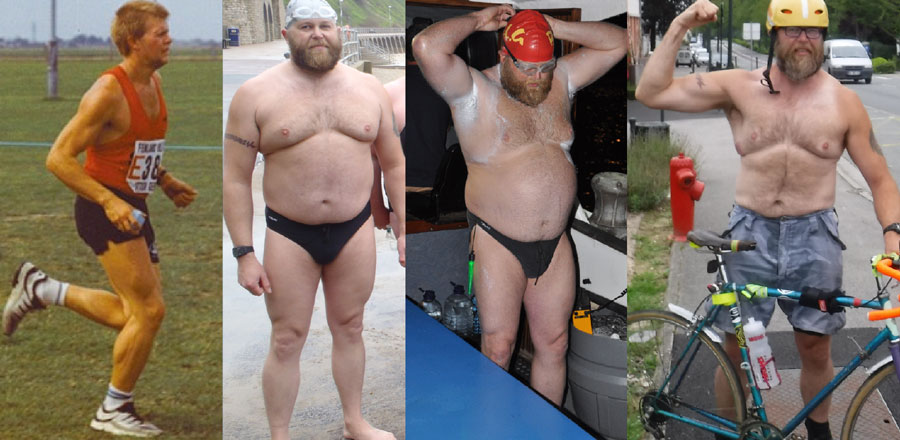
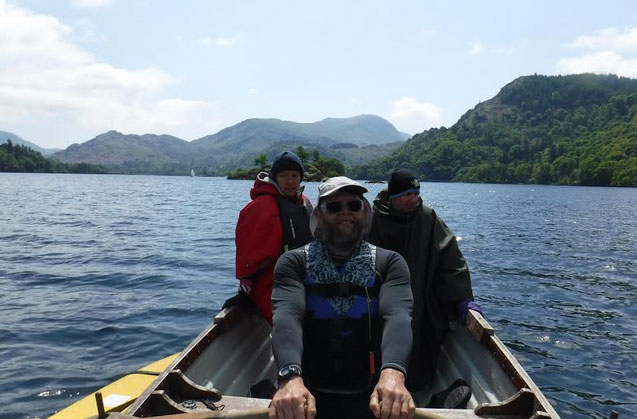
 At the Louvre in Paris the other week, I photographed a bearded statue with a big arm. “That’s me,” I declared to myself, that perfection visible to me beneath an imperfect form. “It’s what you are becoming,” said a voice from the future. I didn’t realize until relatively recently (the last decade or so) that I am a time traveler. I’ve often imagined my future self returning to give advice. Sometimes the advice felt unhelpful, but I took comfort that the future me cared enough to try and help. Sometimes sneering at the elder know-it-all version of myself, I resolved to do it my way. “Stick to the basics,” he said, but I clamored for the cheer of the crowd, the wow of friends and colleagues. Vanity lifting and trophy hunting were (and are) very seductive.
At the Louvre in Paris the other week, I photographed a bearded statue with a big arm. “That’s me,” I declared to myself, that perfection visible to me beneath an imperfect form. “It’s what you are becoming,” said a voice from the future. I didn’t realize until relatively recently (the last decade or so) that I am a time traveler. I’ve often imagined my future self returning to give advice. Sometimes the advice felt unhelpful, but I took comfort that the future me cared enough to try and help. Sometimes sneering at the elder know-it-all version of myself, I resolved to do it my way. “Stick to the basics,” he said, but I clamored for the cheer of the crowd, the wow of friends and colleagues. Vanity lifting and trophy hunting were (and are) very seductive.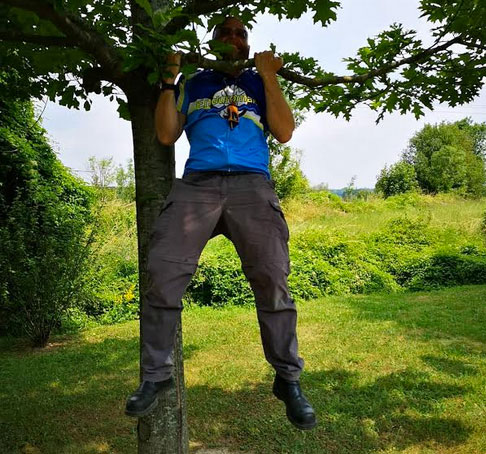
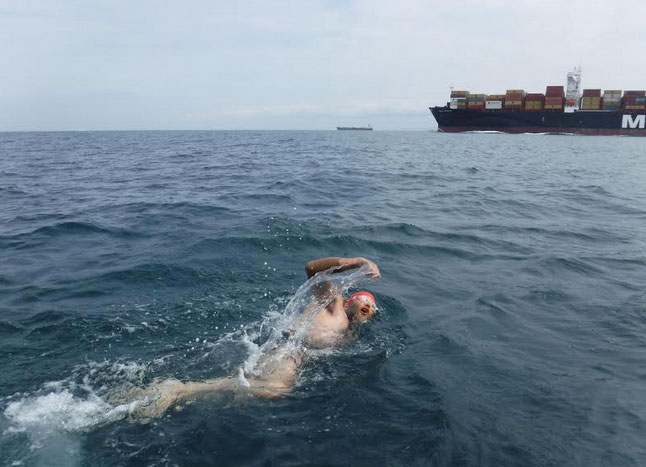
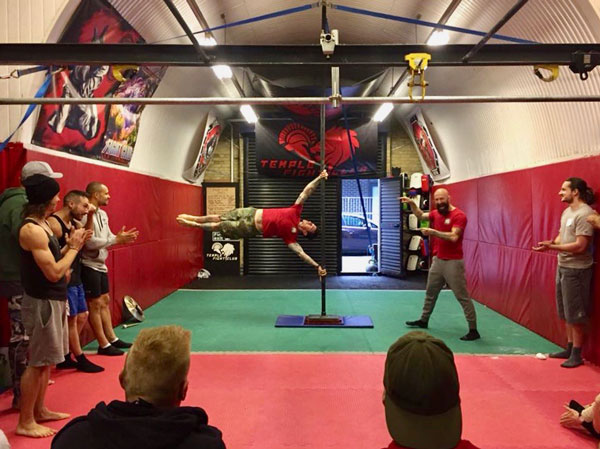
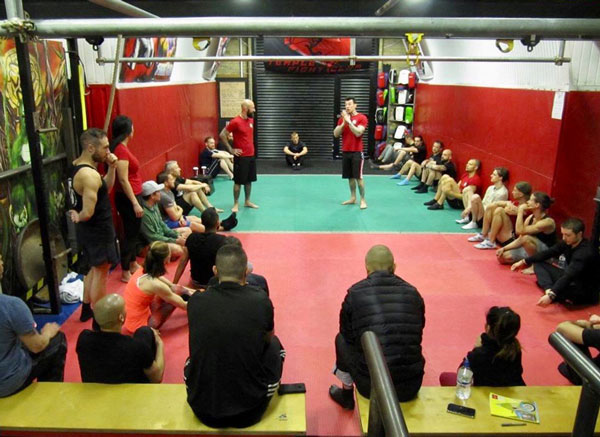
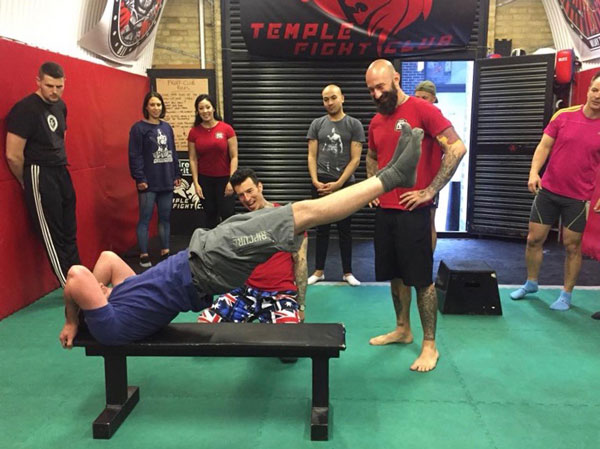
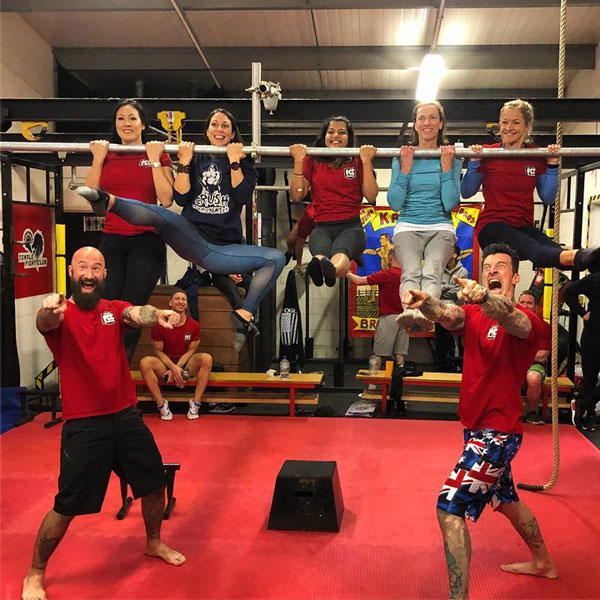
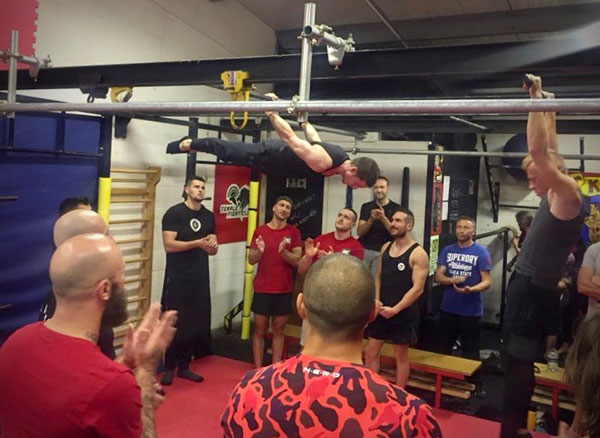

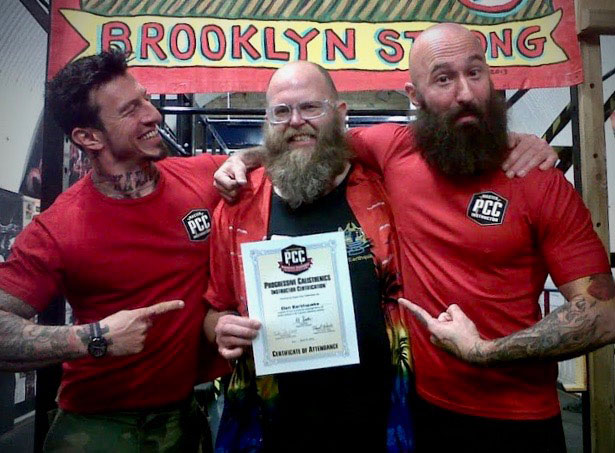
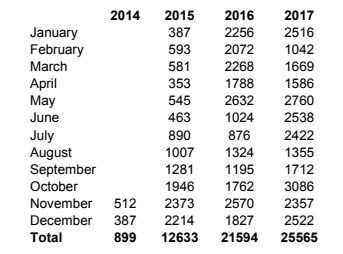
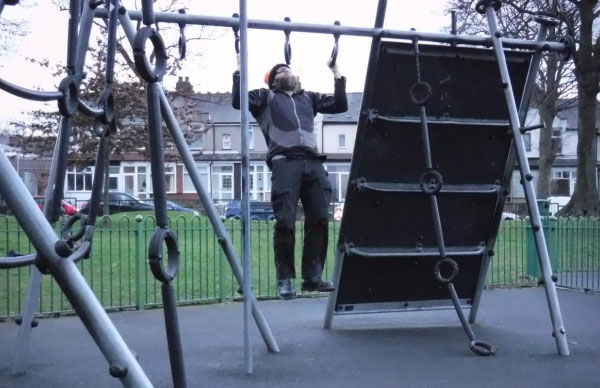
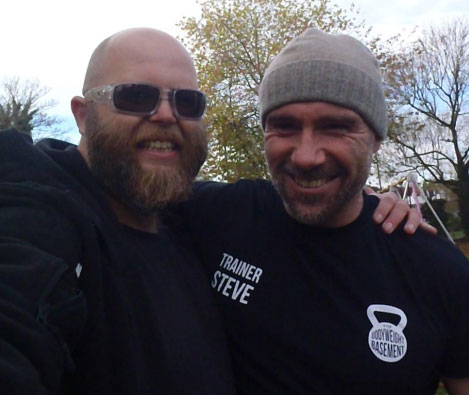
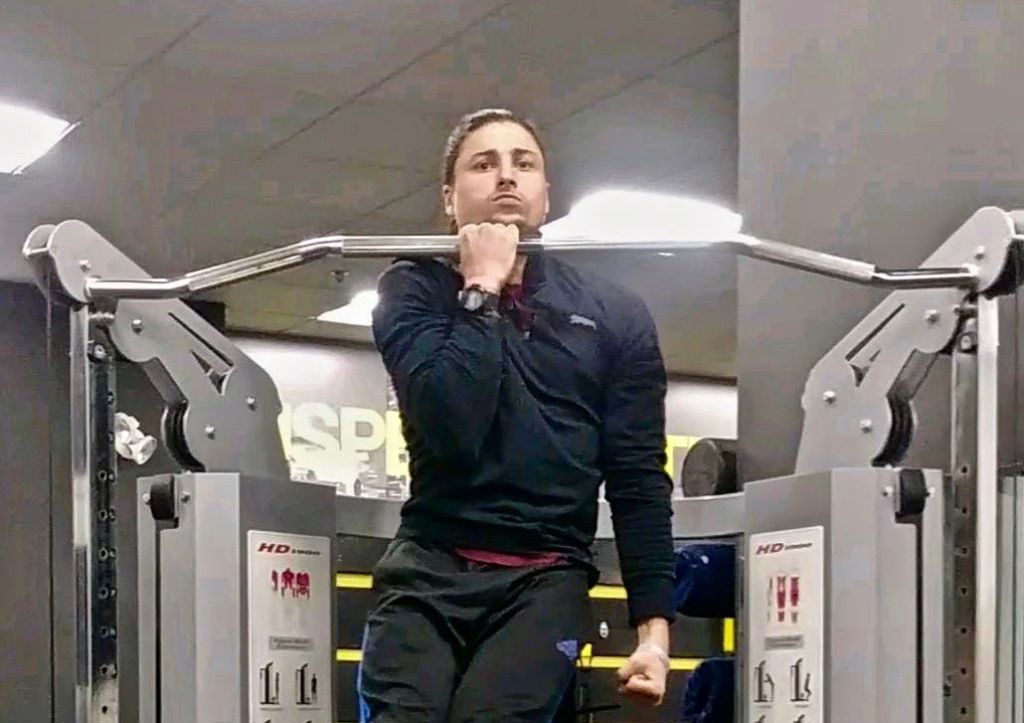
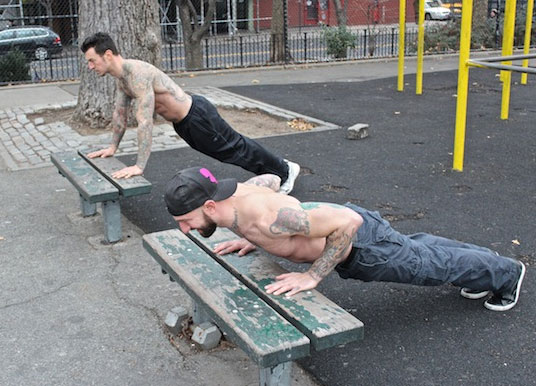
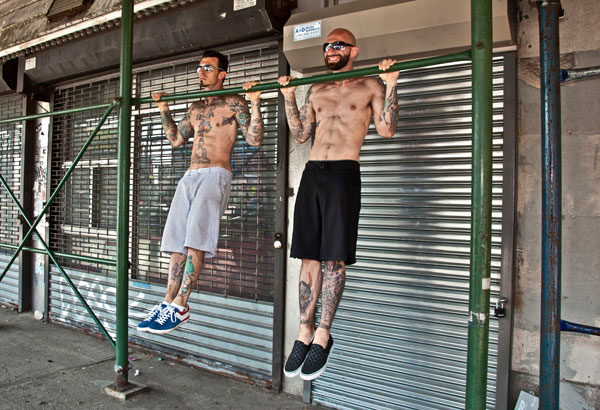
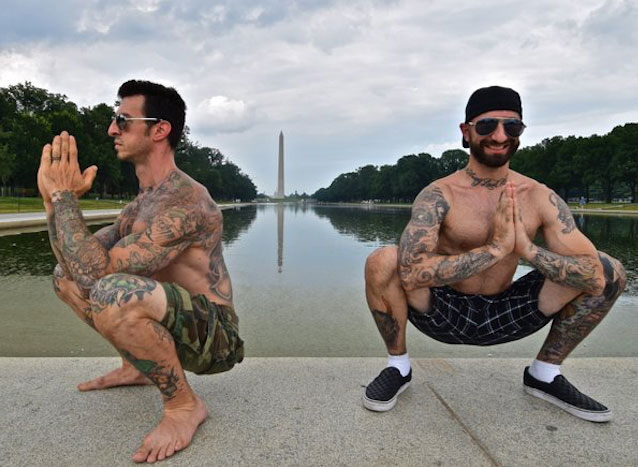
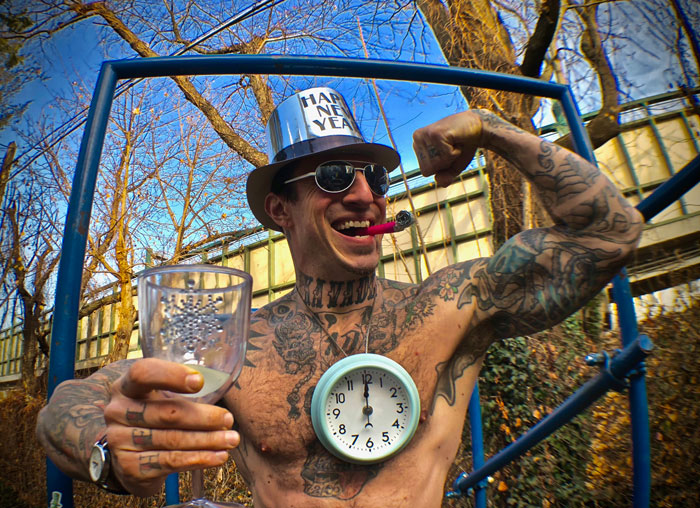
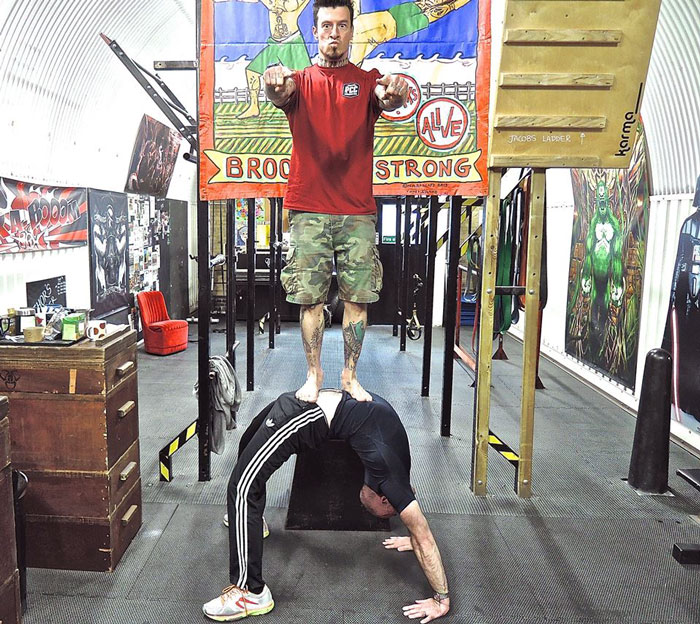
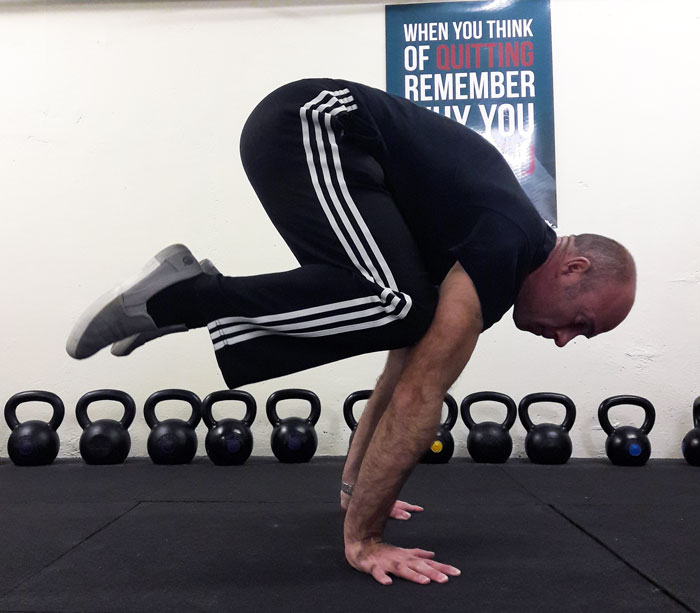
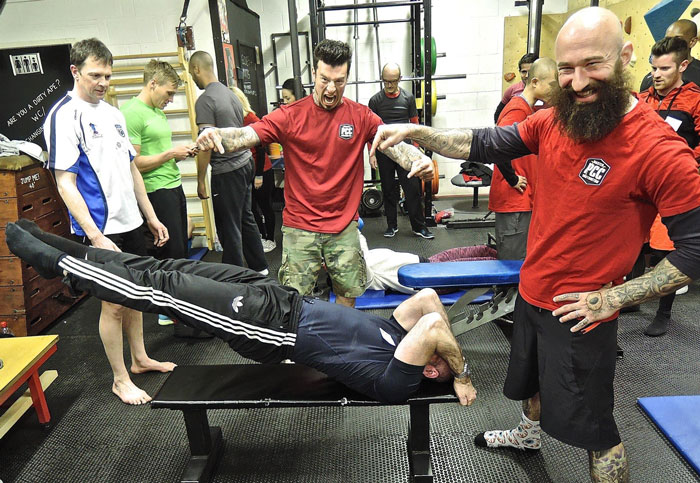
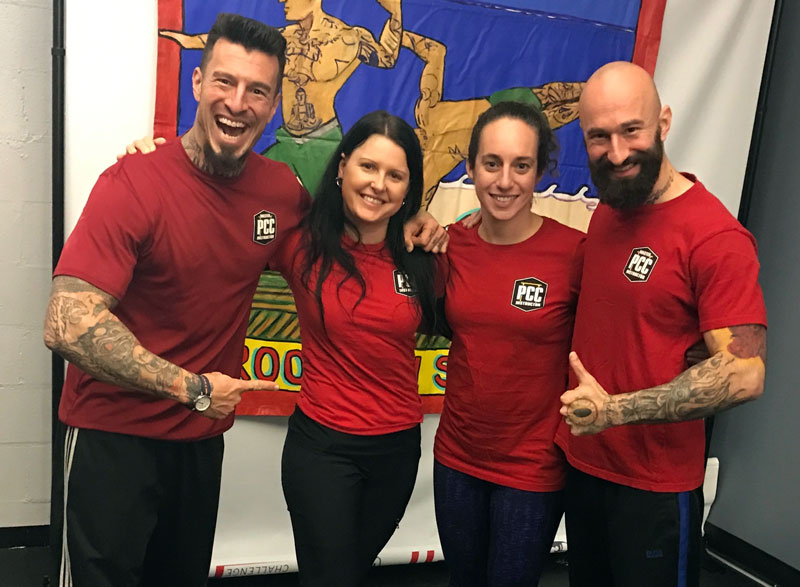
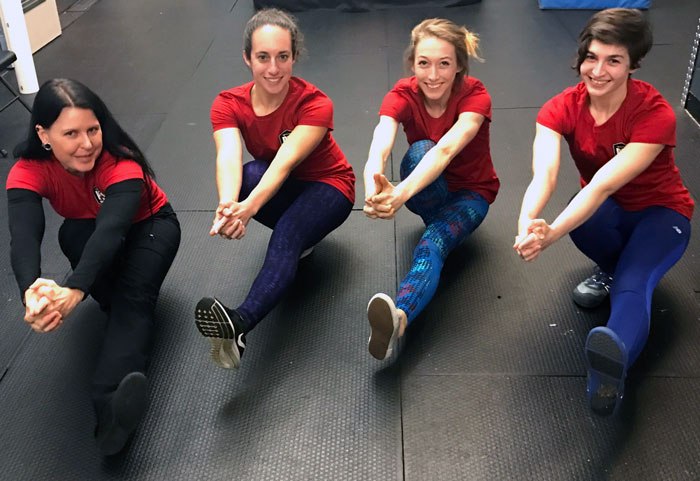
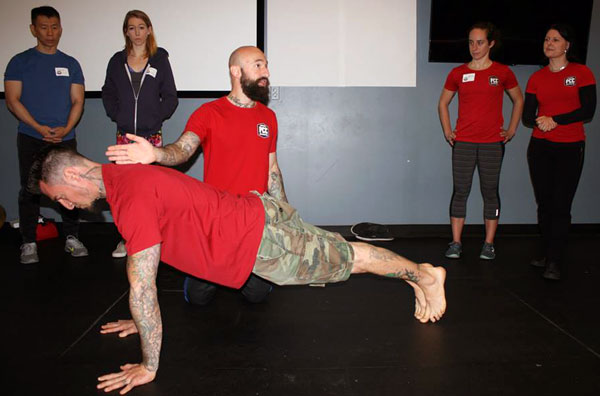
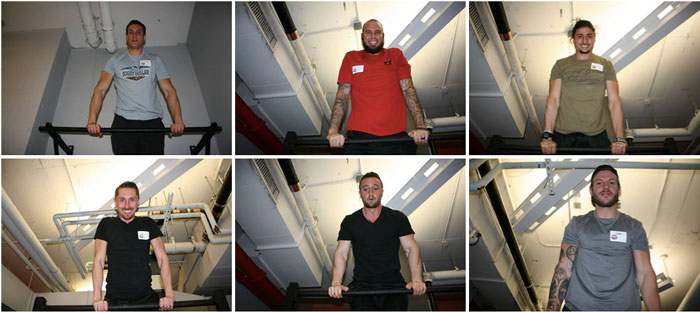
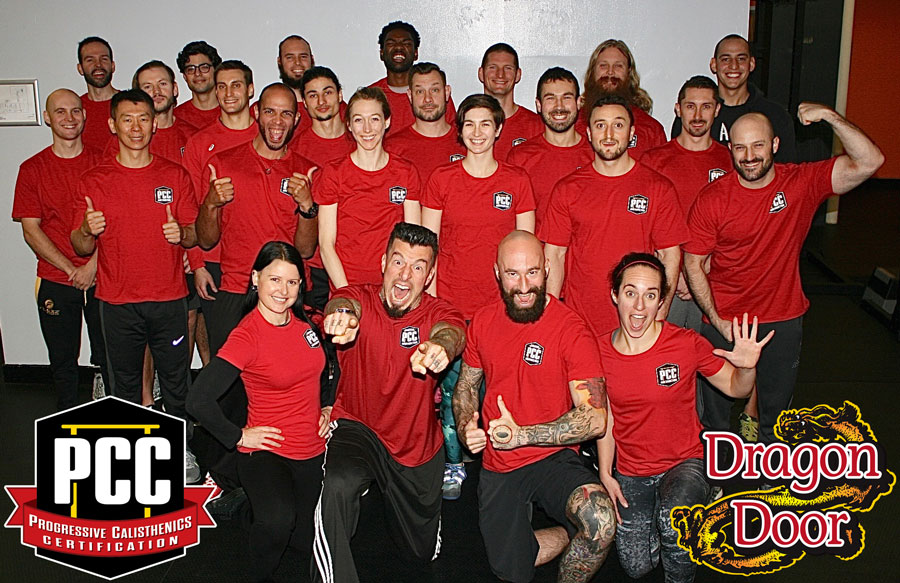

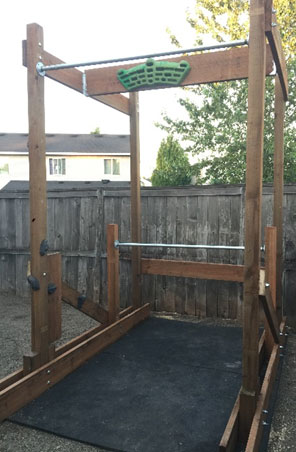
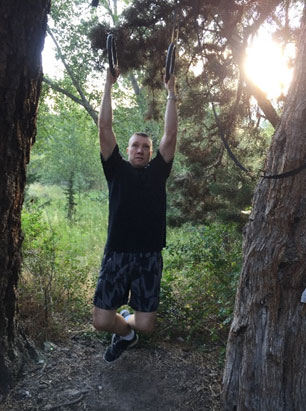 During this time, we also took our family vacation. Since
During this time, we also took our family vacation. Since 